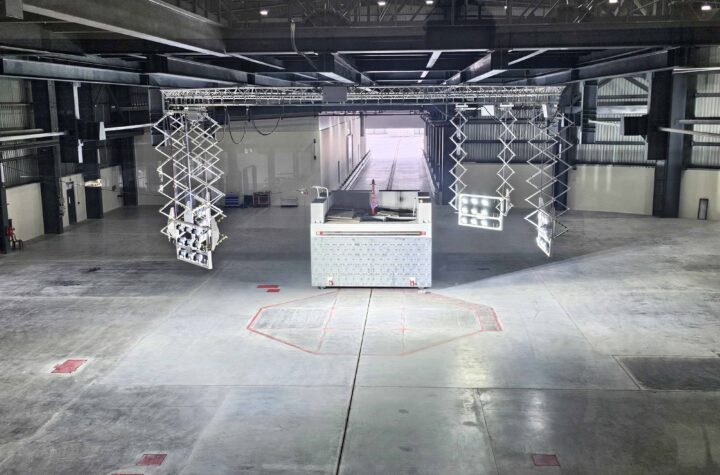
Responding to oil exporting country energy nationalization, political unrest, supply disruptions and high prices, US Departments of the Interior and Defense are helping to expedite adoption of new technology to reduce oil imports by production from the country’s over trillion bbl domestic oil resources. .
Among the leading candidate systems to recover oil from shale, tar sands and old conventional wells is a combination in-situ (in-ground) RF (radio frequency) heating and CO2 injection system developed jointly by Raytheon Co. & CF Technologies, both in Massachussetts. Advantages of the system outlined by the firms are considerable:
– Input energy for RF heating is about half compared with other electric as well as steam and hot gas heating systems.
– Initial RF based heat-up time is only 2 months compared with years for electrical resistance heating proposed by others in part due to lower temperatures required when combined with CO2 injection.
– No water is required for operation of the RF/CO2 system
– CO2 can be captured from electric generators for injection and sequestration.
– Environmentalist concerns are met particularly compared with the consequences of open pit mining now used to recover oil from sand in Canada. Additional tar sands oil recovery operations there are reportedly planned as in-situ types.
– The system is projected to be in use soon for recovery of additional oil from old US wells said to represent several tens of billions of bbl of additional oil. The next use is projected to be recovery of oil from tar sands followed by shale oil said to represent up to 2 trillion bbl…
Adding dimension to the situation is the literal flood of recent news and editorial reports
about ethanol and hydrogen for use in vehicles. Both of these fuels are long term expensive R&D projects. To this are added numerous assessments that the World “oil peak†will soon be reached at which more oil is consumed than discovered to replace it. Notable by its general absence is recognition of the large US oil resources although not now counted as “bookableâ€reserves based on SEC rules….
Energy analyst, Tom Randall at the public policy consulting firm, Winningreen LLC, says, “It is not unreasonable to expect that when demonstrated as commercially workable, the RF/CO2 system and perhaps other methods taken in context with the huge new US oil supply potential they represent could put downward pressure on World oil prices as commodity traders reevaluate their futures positionsâ€. As has happened periodically in the history of oil, the “peak†continues to move out many years ahead as new supply is discovered or acknowledged as “bookable†(a form of audited inventory asset)..
Raytheon Co, headquartered in Waltham, Mass. has 80,000 employees with annual sales in 2005 of over $21.9 billion from its extensive defense and aerospace businesses.
Information for this report was provided by Lee Silvestre, Mission Innovation and John Cogliandro, Sr. Principal Systems Engineer, Raytheon Integrated Defense Systems… The RF aspect of the system is an outgrowth of Raytheon’s military activities. CF Technologies, Hyde Park, Mass. is a specialist in the use of the solvent properties of gasses compressed to their critical point. Its President, John Moses also contributed information for this report. The two firms are now in the patent applied for stage and have begun discussion of applications with oil industry firms. Ms. Silvestre says “Raytheon will not enter the oil businessâ€. .
About the author: Bob Brooks is a member of the Society of Automotive Engineers and an automotive technology journalist for many years focused on powertrains and fuels.









More Stories
MESSRING completes new crash test facility for Mahindra in India
ROHM Develops an Ultra-Compact MOSFET Featuring Industry-Leading* Low ON-Resistance Ideal for Fast Charging Applications
More than 30 of the top 50 global suppliers have production facilities in Turkey